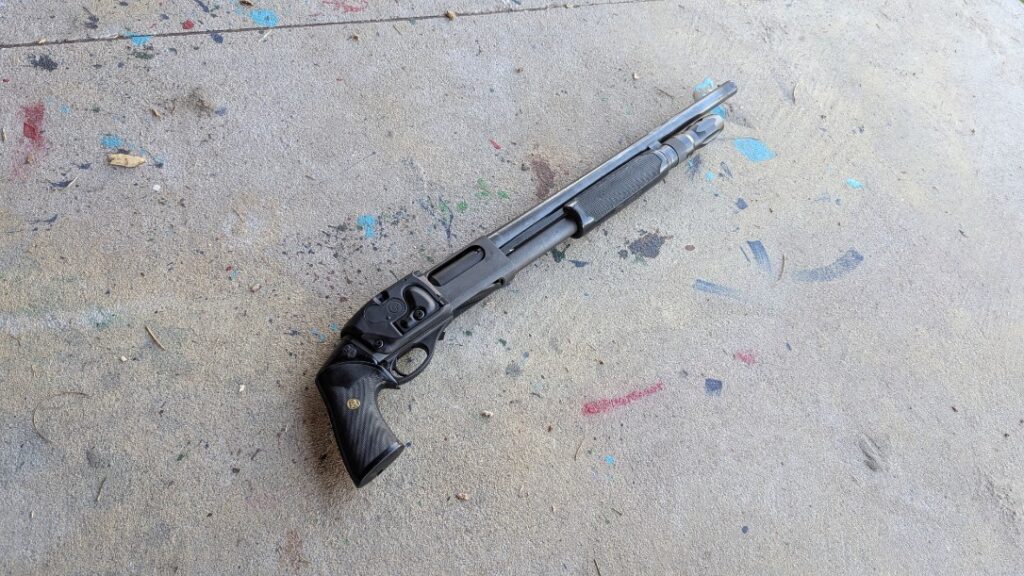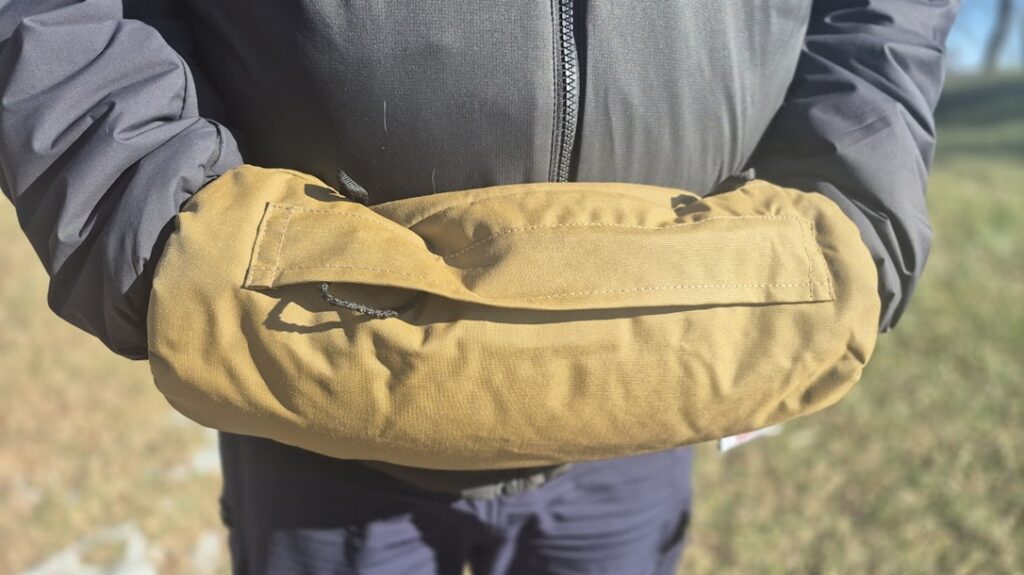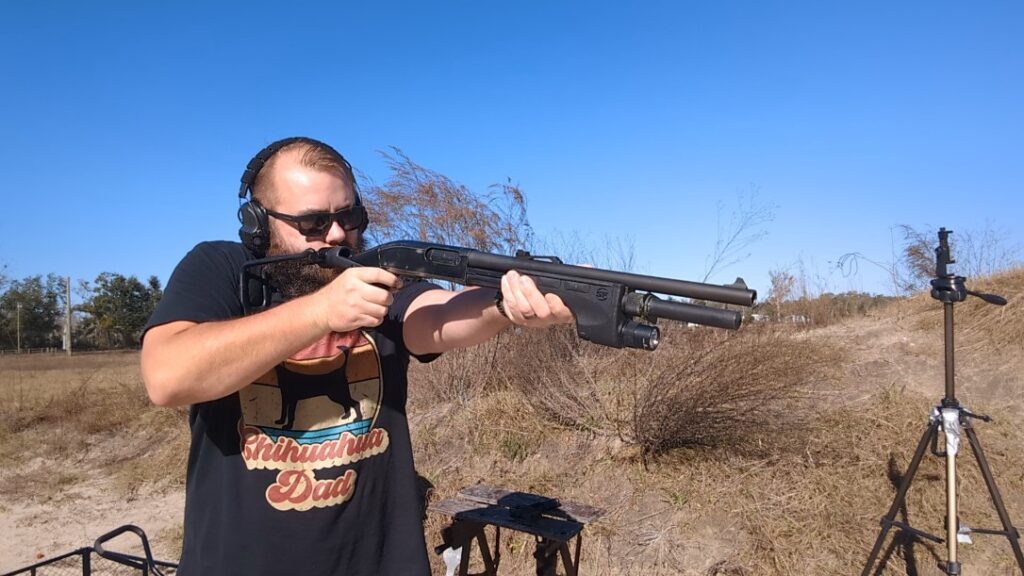Most of us are familiar with the term “fight or flight.” It refers to how our bodies are wired to react to sudden stress. For example, you’re walking to your car after work late one night, and you’re surprised by someone who steps out from a doorway.
What is “Fight or Flight”?
Our bodies are amazing in their efficiency. It reacts faster than conscious thought. Instantly, your heart leaps into your throat, and your pulse is doing double-time. Those aren’t the only physical changes in our bodies as we react to external stimuli that has caught us unaware. Understanding how the fight or flight response works and how it affects our bodies is the first step in learning how to make those changes work for us.
How It Starts
A potential threat is detected. Maybe a car backfires nearby or your smoke alarm’s screech woke you from a great dream involving a lottery win. The stimulus information is sent to the amygdala in your brain. Its job here is to sound the alarm if it determines danger is present.
Advertisement — Continue Reading Below
The amygdala sends a signal to the hypothalamus that something isn’t right. The hypothalamus is responsible for your autonomic nervous system. It governs your involuntary functions like breathing, blood pressure, heartbeat, and such. The hypothalamus tells your adrenal glands to kick it into overdrive. They, in response, begin dumping adrenaline into your bloodstream.
Adrenaline Has Entered the Chat
Adrenaline causes many changes in your body. Your heart begins to race, delivering more blood to your muscles and organs. This also increases your blood pressure, which can cause problems for those with heart issues.

Advertisement — Continue Reading Below
Airways in the lungs expand to increase the amount of oxygen they can absorb. Your breathing will get heavy, as though you’ve just run a race. This extra O2 will help your brain and your senses get sharper and work more efficiently.
As part of the fight or flight response, adrenaline will also begin releasing fats and glucose from where they’re stored in the body. This is converted to energy, so that you’re ready to respond to the threat.
Your hands and feet might suddenly feel cold, and your face flushed. The stress response is redirecting blood flow. More blood going to your brain means less is available elsewhere. In order to bring more visual data to the brain, your pupils will dilate.
Advertisement — Continue Reading Below
All of this, from the amygdala sounding the alarm to your pupils getting wide, happens so fast that you’re not aware of it happening. It all happens without conscious thought.
Cortisol Comes to the Party
If the situation isn’t instantly resolved, like you realize the person who surprised you isn’t a threat, your body continues to react. The hypothalamus notifies the adrenal glands to start producing cortisol.
Known as the primary stress hormone, cortisol increases the amount of glucose in the bloodstream. This provides your body with an energy dump. Interestingly, cortisol also suppresses non-essential systems, such as digestive and reproductive. The intention is to prioritize energy in the fight or flight response. Anything not immediately necessary to deal with the threat is set aside.
Advertisement — Continue Reading Below

Time to Act
In some cases, and probably most of them if we’re being honest, the potential threat turns out to be entirely benign. The person who stepped out from the doorway as you were walking to your car is just another workaday shlub like yourself. It was indeed a car backfiring and not a gunshot. It’s just your cat up to its usual shenanigans, not a burglar rifling through your silverware late at night.
In those cases, it might take you a moment or two to get your breathing and pulse back under control. You may have a chuckle or two as well, in relief if nothing else.
Advertisement — Continue Reading Below
However, if the danger is real, you’ll fight, flee, or perhaps engage in a blend of the two. Sometimes discretion is the better part of valor. Remember that the goal is to go home and sleep in your own bed. Whatever needs to happen to make that a reality is acceptable.
On the other hand, should you find it necessary to fight, bear in mind that there is no such thing as a fair fight. There’s a winner and there’s a loser. Do whatever you can to ensure you’re on the prevailing side of the confrontation.

Advertisement — Continue Reading Below
Freezing Up
There is a third outcome with the fight or flight response. In some cases, you may freeze up. Essentially, your brain hits the pause button. It can’t decide yet if you’re in danger and, if so, what you’ll need to do about it.
It’s believed that this freeze response is a sort of hard-wired passive defense response to being prey. We freeze for the same reason a rabbit does when it perceives a possible threat. Predators can detect movement easily.
Fight or Flight Response Drawbacks
For all of its benefits in a crisis, this acute stress response does have a few downsides.
Advertisement — Continue Reading Below
When adrenaline and other hormones are dumped into the bloodstream, we tend to lose some of our fine motor dexterity. We may experience trembling in our hands, arms, and legs. Gross body movements are going to be preferable to any sort of delicate maneuvers. Complex decision-making is also going to be tougher when you’re under stress.
The good news is that you can not only reduce your reaction time but also reduce some of those negative impacts on your skills through extensive training and regular practice.















